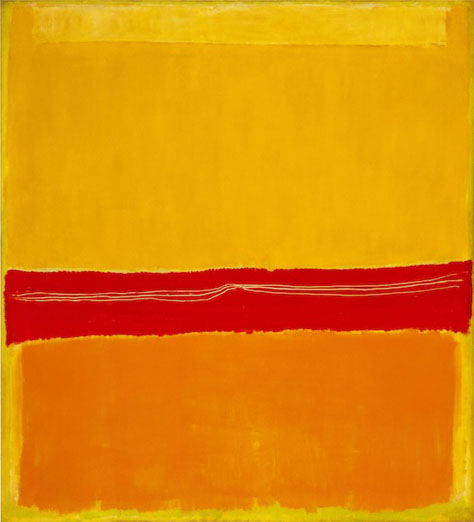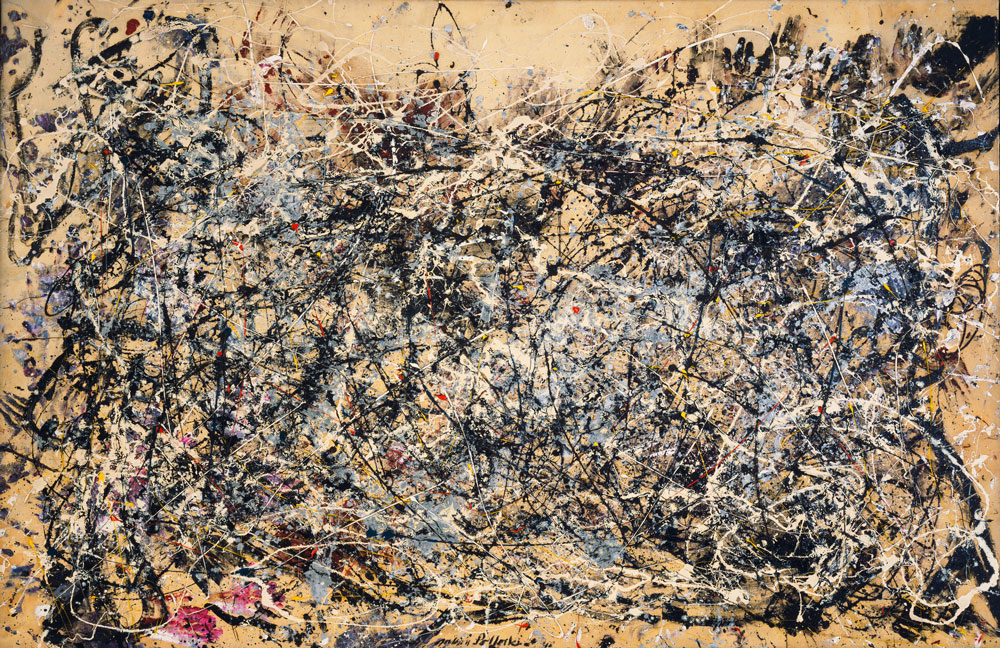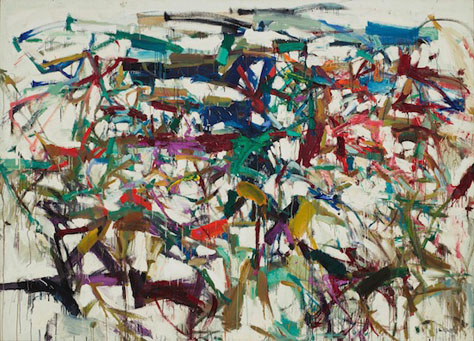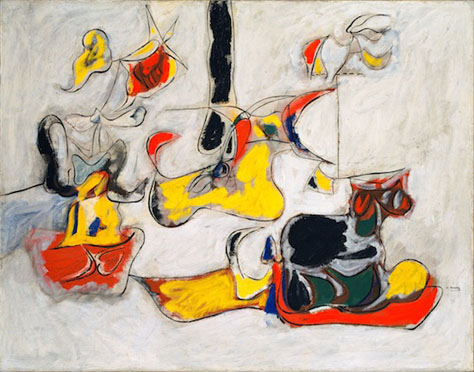
No 5/No 22 by Mark Rothko
THE GRID - 05 / 27 / 2011
Abstract Expressionism 101
AGO director Matthew Teitelbaum gives the Coles Notes on the gallery’s high-profile new exhibition.
—
Last year, New York’s Museum of Modern Art took its most famous paintings from the 1940s and ’50s out of its vaults and put on the blockbuster exhibition “Abstract Expressionist New York.” This week, the AGO earns serious bragging rights by becoming the only other institution to display the landmark paintings. The closest most of us have come to a real Mark Rothko painting was probably seeing the one in Bert Cooper’s former office on Mad Men, so AGO director Matthew Teitelbaum gave us the lowdown on some of the exhibition’s highlights and tells us why abstract expressionism is kind of a big deal.
“It’s a response to the Second World War,” he explains. “Before the abstract expressionists, the dominant American art style was figurative and realistic. Their art changed all that. Painting became about energy and release. Today abstract expressionism documents an historic moment: post-war America, when ideas of national identity were being defined and America became ascendant.”
No 5/No 22 by Mark Rothko (pictured at top)
“A traditional painting might have a place on the horizon where your eye goes, a sense of structure and an obvious set of components in it like a sunrise with a boat in the distance. This painting operates in a very different way. It is a visualization of the imagination. There is no place for the eye to rest. Space is created not by line or perspective but by hazy dreamlike fields of colour. If I could take one painting home for the weekend, it might be this one.”

Number 1A by Jackson Pollock
“This work is arguably the biggest breakthrough painting in the exhibition. Instead of taking a paintbrush and painting on an easel, Pollock was literally painting on the floor. He’s dripping paint in an existential and liberating gesture. It’s a completely physical relationship to the art—about what the body meant in relation to the painting. As Pollock himself said, ‘The realization of work is about a physical kind of release.’”

Ladybug by Joan Mitchell
LADYBUG BY JOAN MITCHELL
“The abstract expressionists were hard-drinking, macho guys who felt a certain kind of kinship, and Joan Mitchell is one of the few women in the movement. Ladybug is what you call an ‘all-over painting’ in that it reaches all four sides of the canvas. Someone who looks at this quickly may think it’s a Pollock. But it’s very different from his work. It’s done with a brush—and not the drip technique—and it has a much more perceptual basis. Here, Mitchell refers to gardens, flowers and natural forms in the landscape, [but] the painting is about the feeling of looking rather than the precision of looking.”

Garden in Sochi by Arshile Gorky
GARDEN IN SOCHI BY ARSHILE GORKY
“Gorky began his artistic life saying, ‘Imitation is the highest form of creativity.’ He’s essentially self-taught, grinding it out, and doing paintings that look like Picasso and reflect Cézanne. At a certain point, he does Garden in Sochi, which is part of a series of paintings that look like Miro, the great Spanish surrealist. For me, this painting is about what you see when you close your eyes. There are organic forms that look almost like the way oil moves on top of water…shapes that combine and bump off one another.”
“Abstract Expressionist New York: Masterpieces from the Museum of Modern Art” runs at the AGO from May 28 to September 4. For ticket info visit ago.net.